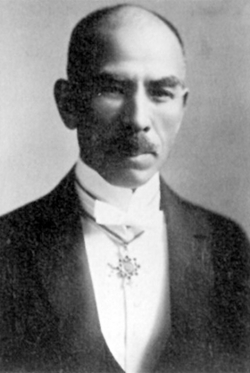
Keitaro Sato (1868-1940)
Keitaro Sato was a coal dealer based in Kyushu Wakamatsu (present Kitakyushu City). He donated 1 million yen for the construction of the Tokyo Prefectural Museum, and since then strove to expand the museum. He was called "the father of the Tokyo Prefectural Museum." In recognition of his achievements, he was also called "Japanese version of Andrew Carnegie (1835-1919)" who contributed to education and cultural projects in the United Sates and has been known as a steel king. Paying respect to his achievements, "Statue of Keitaro Sato" by Sculptor Fumio Asakura is placed in the Tokyo Metropolitan Art Museum, and the Keitaro Sato Memorial Art Lounge is also set up in it.
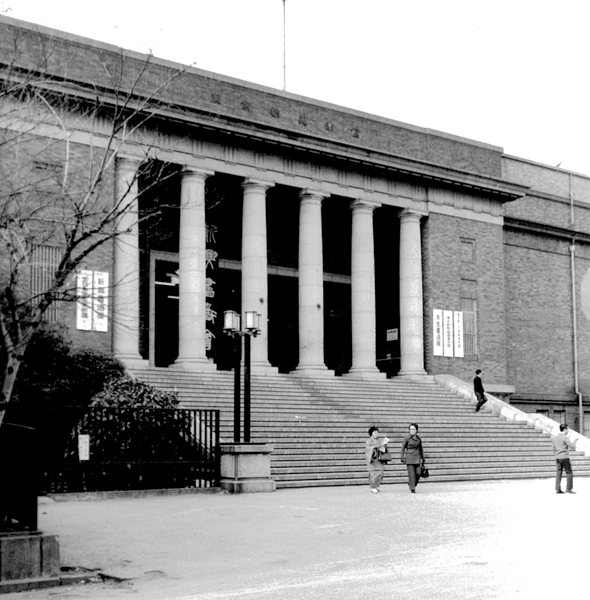
Tokyo Prefectural Museum (old museum) designed by Shinichiro Okada
Shinichiro Okada also designed the Kuroda Memorial Hall (in Ueno Park), the Chinretsukan Gallery of Tokyo Fine Arts School (present Tokyo University of the Arts) and other art facilities.
Keitaro Sato, who was called "the father of the Tokyo Prefectural Museum," wished to establish an art museum that has permanent exhibition spaces, but the museum (old museum) was set up as a venue for art exhibitions at the request of the art world at that time. More than 3,000 artworks owned by the Tokyo Metropolitan Art Museum (new museum) had not also been exhibited. Most of those artworks were transferred to the Museum of Contemporary Art Tokyo (Miyoshi 4-chome, Koto City, Tokyo) that was later built. (continued in the lower column)
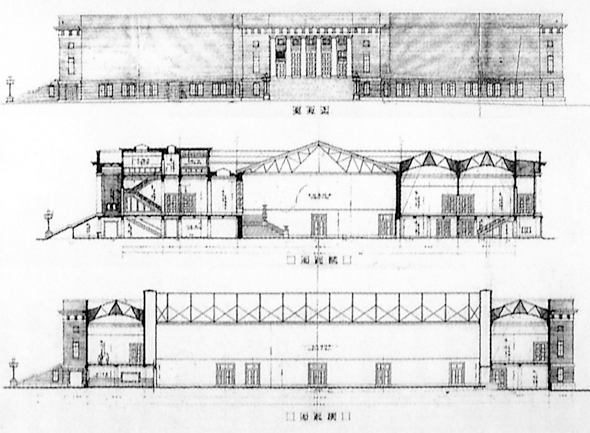
Plan of the Tokyo Prefectural Museum (around 1925)
The Tokyo Prefectural Museum opened in 1926. The first exhibition was "Shotokutaishi Hosan Bijutsu-ten," or Prince Shotoku support art exhibition, which was mainly planned by Naohiko Masaki, the president of Tokyo Fine Arts School (present Tokyo University of the Arts). More than 1,000 new artworks created by Japan's leading Japanese-style painters, Western-style painters, sculptors and craftsmen were exhibited. Since then, owing to Naohiko Masaki's effort, more than 700 art exhibitions had been held by the time the museum marked its 20th anniversary, and the museum ensured its position as the sanctuary of art.
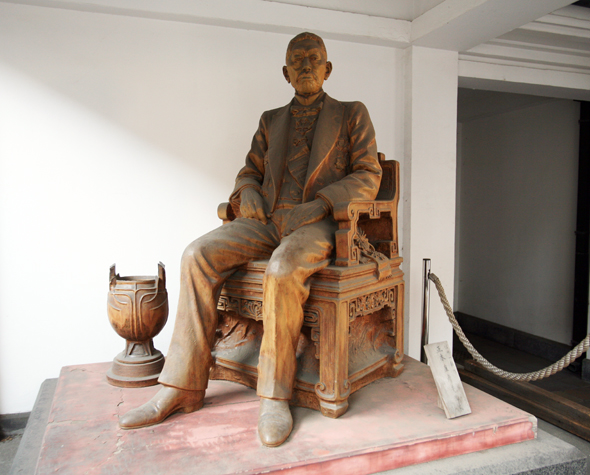
"Statute of Naohiko Masaki" by Ichiga Numata
Naohiko Masaki, who was the fifth president of Tokyo Fine Arts School (present Tokyo University of the Arts), endeavored to establish the Tokyo Prefectural Museum as an adviser to the museum. In recognition of his services, he is also called "the foster father of the Tokyo Prefectural Museum." This ceramic statue is exhibited at the courtyard of the Masaki Memorial Gallery in the Tokyo University of the Arts.
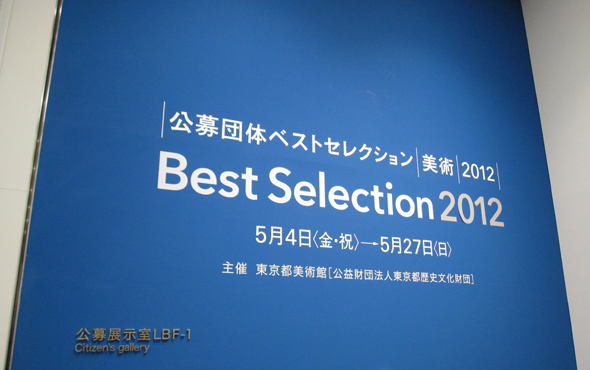
Best Selection 2012
In addition to "Kobo-ten" or exhibitions of artworks solicited from artists, many art exhibitions, including those of the Ohara Collection (collected by Magosaburo Ohara) and the Matsukata Collection (collected by Kojiro Matsukata), has been held one after another in the Tokyo Metropolitan Art Museum. "Kobo-ten" exhibitions were also supported by citizens who wanted to be exposed to culture amid the devastation after World War II. Those exhibitions were readily held in 1946 and 1947. Many "Kobo-ten" exhibitions are still held, and the museum maintains its position as the sanctuary of art.
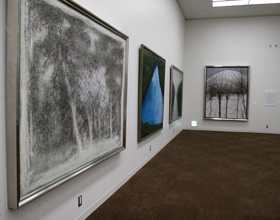
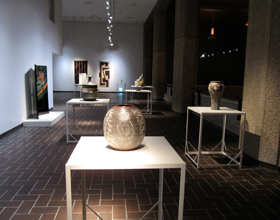
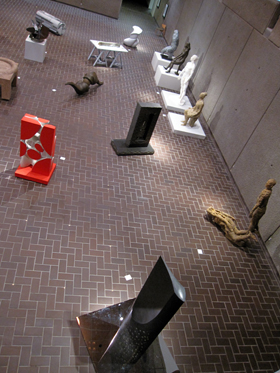
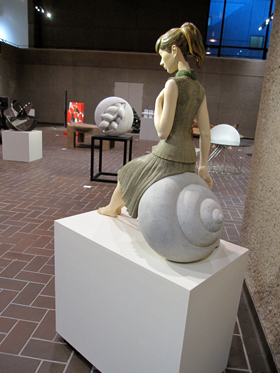
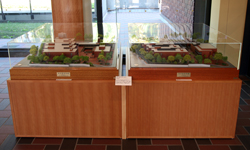
Models of the old and new museums are exhibited at the Keitaro Sato Memorial Art Lounge.

Keitaro Sato (1868-1940)
Keitaro Sato was a coal dealer based in Kyushu Wakamatsu (present Kitakyushu City). He donated 1 million yen for the construction of the Tokyo Prefectural Museum, and since then strove to expand the museum. He was called "the father of the Tokyo Prefectural Museum." In recognition of his achievements, he was also called "Japanese version of Andrew Carnegie (1835-1919)" who contributed to education and cultural projects in the United Sates and has been known as a steel king. Paying respect to his achievements, "Statue of Keitaro Sato" by Sculptor Fumio Asakura is placed in the Tokyo Metropolitan Art Museum, and the Keitaro Sato Memorial Art Lounge is also set up in it.

Models of the old and new museums are exhibited at the Keitaro Sato Memorial Art Lounge.












